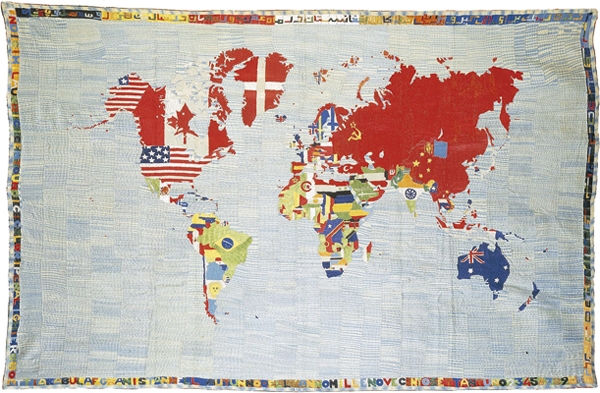People go to exhibitions for different reasons, and although I was highly critical of David Hockney’s recent show at the Royal Academy, I accept that a great many people visited it and came out smiling and uplifted. They tended to be individuals who don’t usually go to exhibitions or look at real painting, and it may thus be said that they had very little idea of what they were actually looking at, or indeed should be looking for in an exhibition of painting, but if the experience made them happy, where’s the harm — you may ask — in that? Undoubtedly a great many went because it was the thing to do, and they felt better for being able to say that they’d been there and done that. There is much emotional reassurance to be derived from a group activity of this sort, and it should not be mocked, though it has precious little to do with art. As Anthony Burgess observed: ‘Art is rare and sacred and hard work, and there ought to be a wall of fire around it’; though nowadays it is often confused with spectacle. Damien Hirst (born 1965) has benefited enormously from this lack of distinction.
An inspired curator and a self-promoter and salesman of genius, Hirst has regaled the art market and the media with a constant series of stories and stunts that have pushed his personal celebrity and his product ever higher. A conceptual artist, he’s had some memorable ideas for installations that deal with life and death, explored principally through the preserved carcases of animals. Most of his other ideas are banal, but the marketing skills of the team he employs are so effective, and the media in general so willing to endorse the delusion that Hirst is a major artist, that his work has been hyped beyond belief.







Comments
Join the debate for just £1 a month
Be part of the conversation with other Spectator readers by getting your first three months for £3.
UNLOCK ACCESS Just £1 a monthAlready a subscriber? Log in